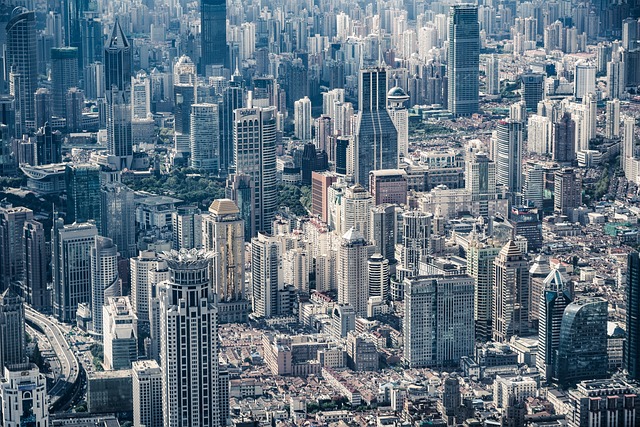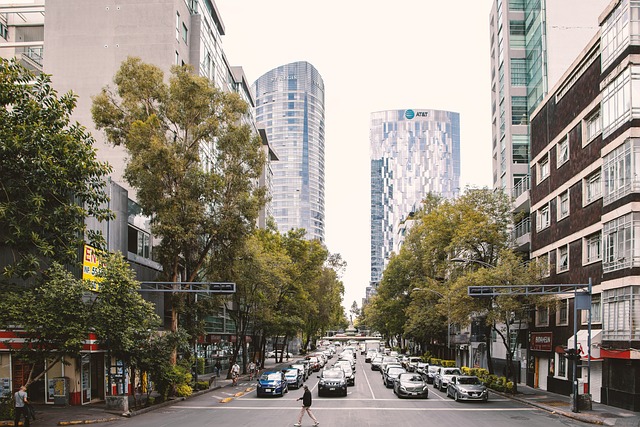In Karachi, the Karachi Development Authority (KDA) Scheme 1 Proximity classification is key for navigating urban development, categorizing areas based on accessibility and infrastructure. 'High proximity' zones adjacent to commercial hubs, educational institutions, or transportation networks are favored for their connectivity, driving investment in infrastructure and real estate. This initiative promotes mixed-use zones, reduces commute times, enhances quality of life, stimulates local economies, and reshapes Karachi into an inclusive, efficient, and desirable city to live and work.
Exploring the impact of Scheme 1 Proximity in Karachi, a strategic initiative under the KDA (Karachi Development Authority) framework, this article sheds light on its transformative role in urban development. By focusing on proximity and efficient land utilization, the scheme aims to revitalize Karachi’s skyline. We delve into how it fosters sustainable growth, enhances connectivity, and reshapes the city’s landscape, making it a game-changer for both residents and investors alike. Understanding these benefits is crucial for navigating Karachi’s evolving urban fabric.
- Understanding KDA Scheme 1 Proximity in Karachi
- Impact and Benefits of the Proximity Scheme in Urban Development
Understanding KDA Scheme 1 Proximity in Karachi

In Karachi, understanding KDA Scheme 1 Proximity is crucial for navigating the city’s development landscape. The Karachi Development Authority (KDA) has implemented this scheme to promote balanced and sustainable growth by classifying areas based on their potential and current infrastructure. This classification system, specifically the ‘Proximity’ category, is a key aspect that influences urban planning and investment decisions. Areas designated as having high proximity are typically those adjacent to established commercial hubs, educational institutions, or transportation networks.
These zones are favored for their accessibility and connectivity, making them attractive for commercial and residential development projects. Karachi’s bustling business districts like the Central Business District (CBD) and areas around major universities have benefited from this scheme, seeing a surge in infrastructure upgrades and real estate activities. Understanding KDA Scheme 1 Proximity helps developers, investors, and residents alike make informed choices that contribute to the vibrant tapestry of modern Karachi.
Impact and Benefits of the Proximity Scheme in Urban Development

The KDA Scheme 1 Proximity initiative has brought about a significant transformation in urban planning and development in Karachi, Pakistan. This scheme focuses on creating mixed-use zones, encouraging residential, commercial, and recreational spaces to coexist within close proximity. By doing so, it aims to reduce the reliance on long commutes and promote a more sustainable and livable city environment. The impact has been remarkable, with several new developments emerging that offer residents easy access to essential amenities, schools, healthcare facilities, and entertainment hubs.
Benefits are far-reaching, from enhancing overall quality of life for Karachites by providing walkable neighborhoods to stimulating local economies through increased foot traffic and business opportunities. The scheme also promotes environmental sustainability by reducing vehicle emissions and encouraging more active transportation options. Moreover, it fosters community engagement and social interaction, creating vibrant public spaces that cater to diverse demographics. These changes are reshaping the urban landscape of Karachi, making it a more inclusive, efficient, and desirable place to live and work.
The KDA Scheme 1 Proximity initiative in Karachi has proven to be a game-changer in urban planning, significantly enhancing the city’s development. By prioritizing proximity and accessibility, this scheme has fostered a more connected and vibrant metropolis. The benefits are evident in improved transportation networks, efficient land use, and enhanced quality of life for residents. As Karachi continues to grow, implementing such innovative strategies will be crucial in shaping a sustainable and livable urban landscape.



